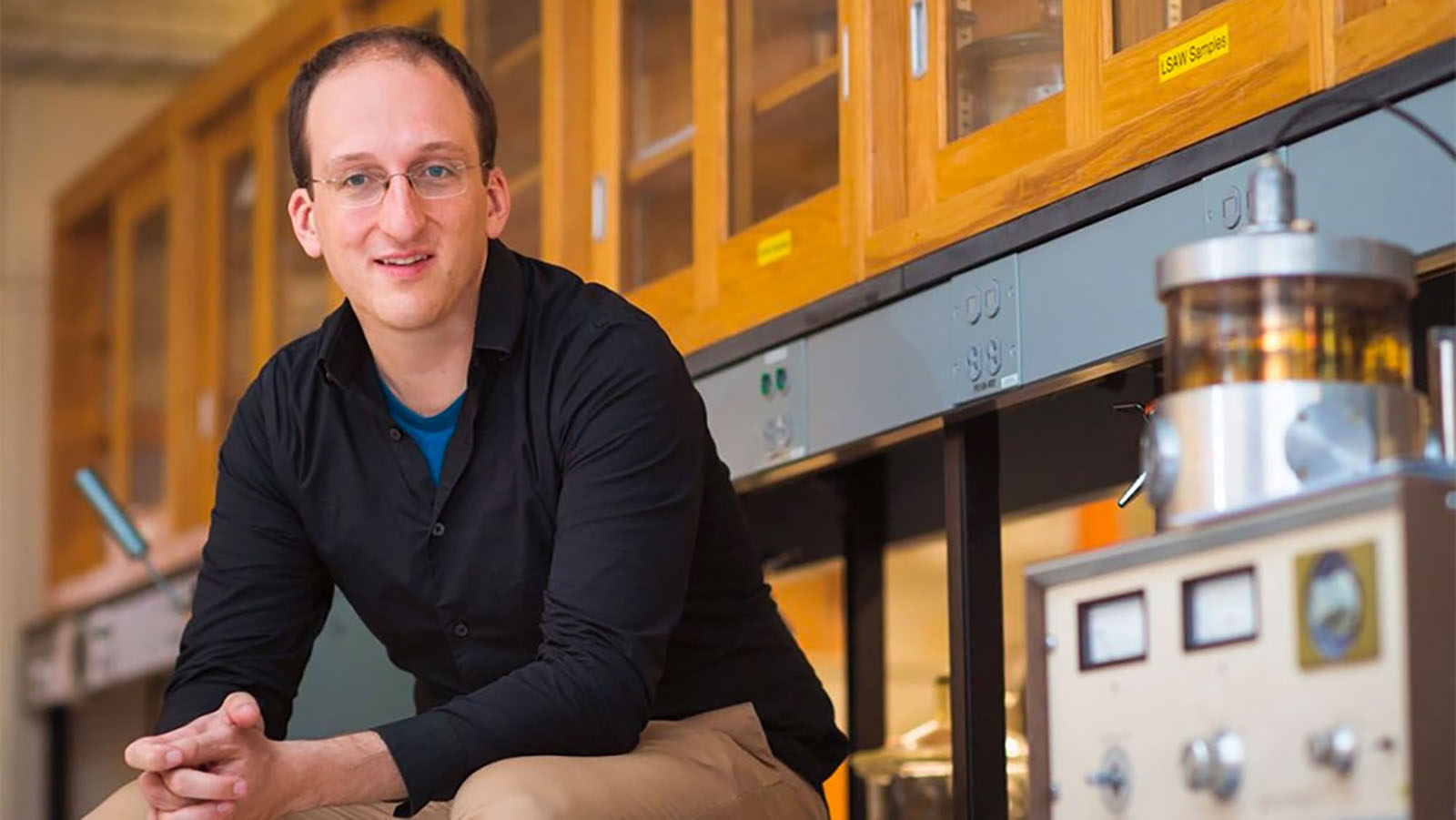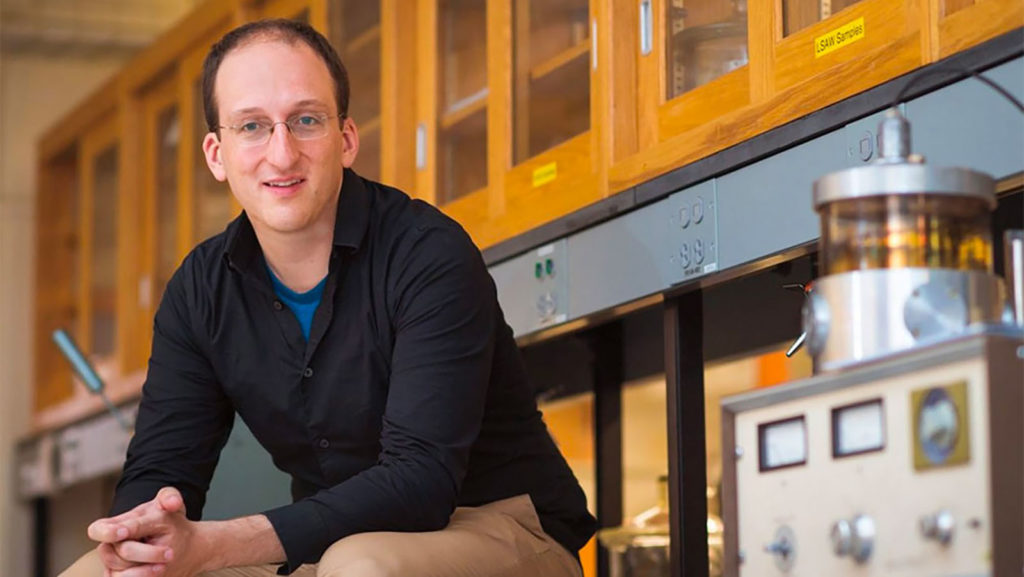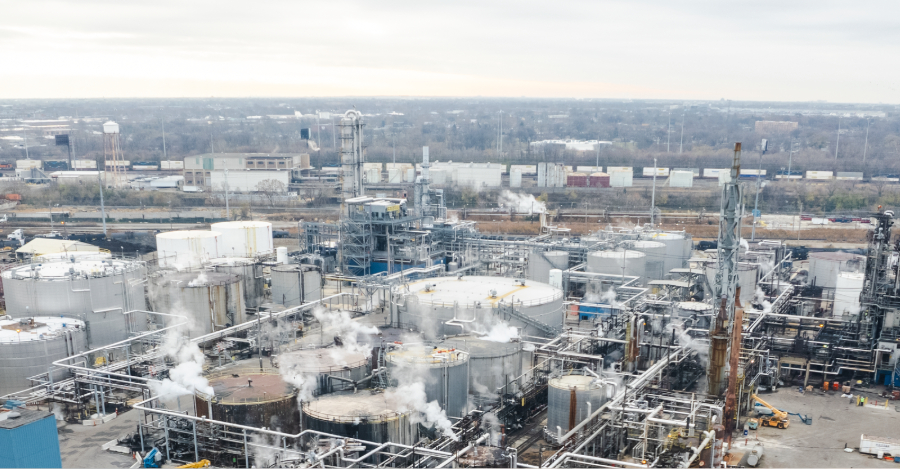
For the nuclear energy industry today, says Michael Short, the choices are to innovate or to die.
An assistant professor of nuclear science at MIT and the founder of an interdisciplinary lab that bears his name, Short spoke to the KSJ fellows at a recent Thursday seminar. The Short Lab, which specializes in the challenges posed by aging nuclear reactors, is focusing on solutions that can go from conception to commercialization not in 20 or 30 years, but in five years or less. In the nuclear sector, he said, “we don’t have time to wait.”
Faced with staggeringly low natural gas prices and the high maintenance costs of aging infrastructure, many nuclear plants are at risk of early retirement. Four of the U.S.’s 103 nuclear power are no longer in operation; more worrying, Short cited a recent MIT study predicting that under current price trajectories, more than two-thirds will be unprofitable in the next few years.
The rapid decline of the industry will leave serious voids in the diversity of America’s energy grid, he said. Nuclear energy powers one-fifth of America’s electricity and 60 percent of its carbon-free energy. So the industry had better start innovating “unless we want to start burning stuff again.”
Hence, the Short Lab’s effort to eliminate a problem aptly named CRUD. The letters stand for Chalk River Unidentified Deposits, after the Canadian power plant in which the deposits were supposedly discovered in 1959 (the etymology was recently debunked, but the technical issue remains). Today, scientists have identified the deposits as metal oxides — mainly of nickel and iron — that end up in the water from corrosion of the plant’s infrastructure.
Some of these corrosive particles get filtered out, but most end up sticking to the cladding rods that encase the nuclear reactor’s fuel. That presents an obstacle to the water that flows over the rods to cool them; anything standing in the way between the cladding and the coolant impedes heat transfer. The deposits can also create holes in the cladding of the fuel rods by accelerating corrosion, which in turn can release radioactive material into the coolant.
The CRUD problem costs most nuclear power plants almost $2 million a year in cleaning and mitigation costs, said Short, though if the fuel rods are damaged, that cost could skyrocket. “In the past we had a billion dollars to lose,” he said of the industry. “We don’t anymore because gas is so cheap.”
While we can’t stop the insides of plants from corroding and releasing these particles into the water, Short and his colleagues believe they have developed industry-ready coatings that prevent these oxide particles from sticking to the fuel rods, essentially a reactor-proof TeflonTM.
The key is to find materials which are optically identical to water, minimizing the van der Waals forces that cause CRUD to stick. These coatings were tested in the Short Lab’s CRUD loop, which mimics the extreme environment of a real reactor — 340 degrees Celsius and 155 atmospheres — and is now in a 10-week trial with radiation in the MIT Nuclear Research Reactor.
If all goes according to plan, the coating is scheduled to undergo a commercial-scale, multi-year test in an Exelon nuclear plant in the spring of 2019 — almost within the lab’s original five-year conception-to-commercialization goal.
Of course, it wouldn’t be a nuclear lecture without a discussion of Fukushima, the 2011 disaster in which hydrogen gas explosions destroyed a Japanese nuclear reactor after it was flooded by a tsunami. KSJ fellow Sujata Gupta asked Short how he felt when he heard about it.
“It was like ‘Uh-oh. I don’t think I’m going to have a field of study anymore,’” he replied.
But that was just his initial reaction. The amount of radiation released following the explosions was far less than experts expected. Short also explained that the plant was one of the oldest types of reactors and, in fact, one month away from permanent retirement. Therefore, some strongly suggested design changes had never been implemented.
“It’s kind of a lesson that when someone comes up with a highly recommended design change, you better take it,” he said. “Especially when it comes to nuclear power.”
The next generation of nuclear reactors also aim to avoid the kinds of failures that devastated Fukushima. New designs don’t require elaborate external cooling systems (like the one that failed at Fukushima) and instead replace cooling water with substances like liquid lead, molten sodium, molten salt, and 1,000-degree helium — “all sorts of crazy stuff,” said Short.
As for the state of nuclear energy research while the industry faces an uncertain future, Short seemed optimistic. While the commercial industry heads towards a murky future, research funding has actually increased. As Short put it, “We’re in a high-risk, high-reward territory.”





Why can the energy of the destructive radiation not be used to our benefit?